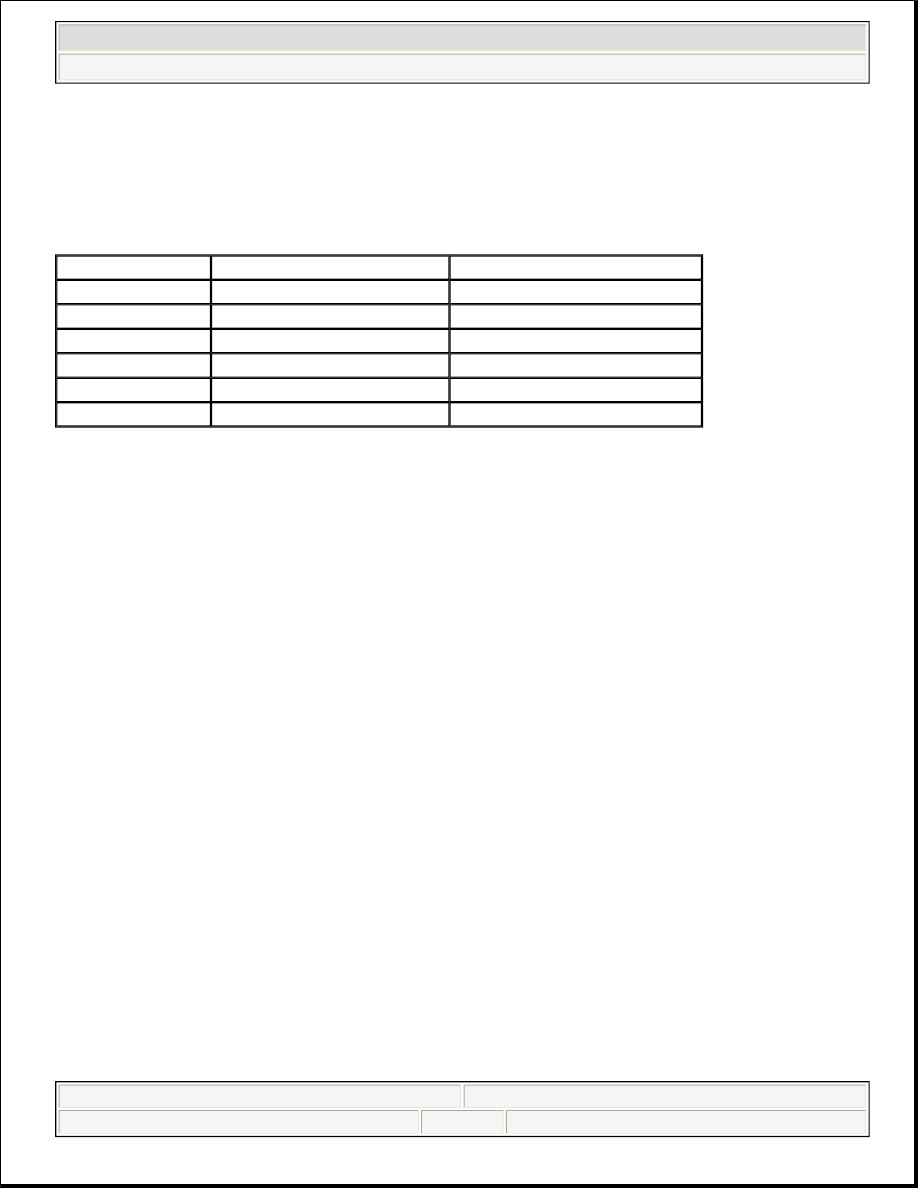Content .. 1149 1150 1151 1152 ..
Hummer H2. Manual - part 1151

Measure the battery voltage at the battery terminals. Refer to the following table to determine the SOC
according to the estimated battery temperature:
BATTERY STATE OF CHARGE
Use the SOC information as follows:
z
A battery with a SOC that is below 65 percent must always be recharged before returning it to service or
continuing storage.
z
A battery with a SOC that is 65 percent or greater is generally considered to be charged enough in order
to be returned to normal service or in order to continue storage. However, if the battery is being used in
slow traffic or with short drive times, or if the temperature is very hot or very cold, the battery should be
fully charged, to at least 90 percent, before returning it to service or continuing storage.
CHARGING TIME REQUIRED
The time required to charge a battery will vary depending upon the following factors:
z
The battery charger capacity - The higher the charger amperage, the less time it will take to charge the
battery.
z
The SOC of the battery - A completely discharged battery requires more than twice as much charging
time as a half charged battery. In a discharged battery with a voltage below 11 volts, the battery has a
very high internal resistance and may only accept a very low current at first. Later, as the charging current
causes the acid content to increase in the electrolyte, the charging current will increase. Extremely
discharged batteries may not activate the reversed voltage protection in some chargers. Refer to the
manufacturer's instructions for operating this circuitry.
z
The temperature of the battery - The colder the battery is, the more time it takes to recharge the battery.
The charging current accepted by a cold battery is very low at first. As the battery warms, the charging
current will increase.
CHARGING PROCEDURE
for 12 hours.
Battery Voltage
% Charge At 0°C (32°F)
% Charge At 25°C (75°C)
12.75 V
100%
100%
12.70 V
100%
90%
12.60 V
90%
75%
12.45 V
75%
65%
12.20 V
65%
45%
12.00 V
40%
20%
NOTE:
Turn OFF the ignition when connecting or disconnecting the battery cables, the
battery charger or the jumper cables. Failure to do so may damage the PCM or
other electronic components.
2004 Hummer H2
2004 STARTING & CHARGING SYSTEMS Starters - H2